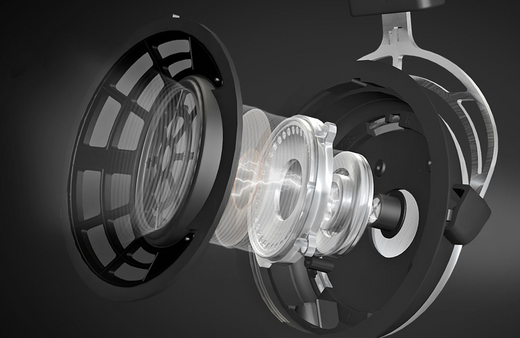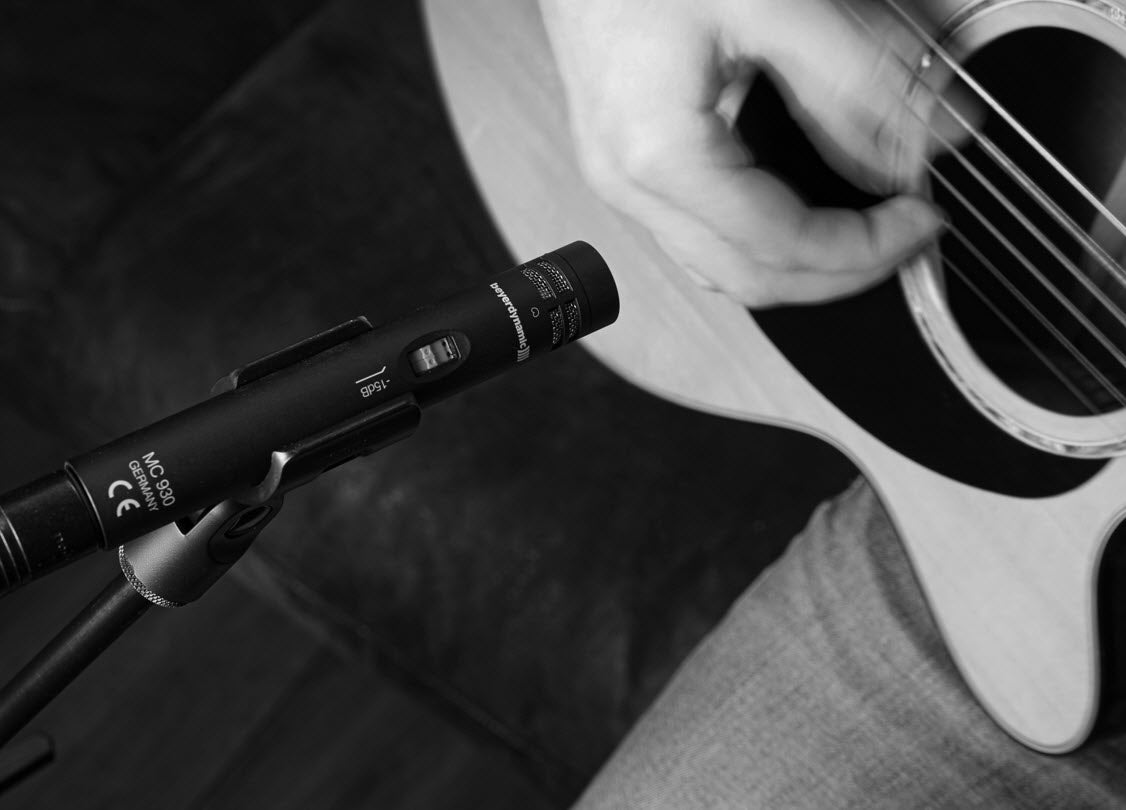Have you ever noticed that your headphones may sounds different, or for that matter the volume level changes when being plugged into different audio devices?
Perhaps the headphone impedance is too high for the audio source you have chosen. It can happen - and many users are not aware of the effects that this can bring when using headphones across different devices.
In this article we explain what the term “impedance” is all about and what you should look out for when buying headphones.
- Meaning of the term "impedance".
- What does the impedance say?
- How does it affect the volume?
- What is the impedance?
- What else do I have to consider when buying headphones?
1. WHERE DOES THE TERM "IMPEDANCE" COME FROM?
Now it is getting technical: The impedance (specified in ohms Ω) is a term from electrical engineering and in wired headphones it quantifies the electrical resistance of the voice coils in the transducer. It is checked in production with a standardized audio signal so that the headphones achieve the "nominal impedance" they are aiming for.
2. WHAT DOES THE IMPEDANCE SAY?
To understand this, we need to take a closer look at the construction of headphones. Headphones generate sound waves with the help of membranes that cause the air molecules to vibrate. These membranes in the so-called sound transducer are moved by an electromagnet. The decisive factor here is the copper coil (voice coil) required for this, which is connected to the membrane. The lighter this coil is (i.e. the thinner the wire), the clearer and more precise the sound transducer can sound.
However, a lighter coil is associated with a higher resistance, i.e. a higher impedance. It is therefore important to which device the headphones are connected: Not every source has the necessary voltage to overcome this resistance of the headphones and to set their membranes properly vibrating.
3. HOW DOES IMPEDANCE AFFECT THE VOLUME?
To put it simply: the higher the impedance, the more voltage is required for the headphones to sound loud enough. A smartphone or notebook usually does not have as much power as a modern hi-res player or stereo system. Headphones below 100 Ω are therefore more intended for mobile use. Headphones over 100 Ω, on the other hand, are well suited for stationary systems with headphone amplifiers or are used in the professional sector. A high impedance does not affect a well-equipped stereo system or use in the studio area, since the devices here usually supply enough voltage. But things look different on a mobile phone or tablet: Headphones with a high impedance often sound too quiet.
A high impedance does not affect a well-equipped stereo system or use in the studio area, since the devices here usually supply enough voltage. But things look different on a mobile phone or tablet: Headphones with a high impedance often sound too quiet.
As a rule of thumb, the following applies: headphones with a higher impedance often offer a more finely resolved sound. On the other hand, headphones with low impedance cope better with mobile devices such as smartphones and tablets.
4. WHAT ARE THE IMPEDANCES?
You can roughly distinguish between high and low impedance. The gradations 30 Ω, 32 Ω, 48 Ω and 80 Ω in the low range are common here. 250 Ω are common in the high range. If you want to get the maximum out of your system you can choose a 600 Ω model.
NOTE: Always look to see what (impedance) your intended headphone interface is rated at ( typically listed in the "Headphone Output" section under Impedance).
As a general rule our product suggestions for the following applications would be as follows:
30 Ω - Smartphones, Tablets, PCs, Laptops (Reference Headphones)
- Over $900 DT 1770 PRO MKII (30 Ohm version)
- Over $900 DT 1990 PRO MKII (30 Ohm version)
32 Ω - Smartphones, Tablets, PCs, Laptops
- Over $300 DT 770 PRO (32 Ohm version)
- Over $1,000+ T1 (3rd Generation)
- Over $1,000+ T5 (3rd Generation)
45 Ω - Smartphones, Tablets, PCs, Laptops, Studio Arena
- Under $200 DT 270 PRO
48 Ω - Smartphones, Tablets, PCs, Laptops, Studio Arena
- Under $400 DT 770 PRO X
- Under $400 DT 990 PRO X
- Over $450 DT 700 PRO X
- Over $450 DT 900 PRO X
80 Ω - Studio Arena, PCs, Laptops, Studio Arena
- Over $300 DT 770 PRO (80 Ohm version)
- Over $300 DT 990 PRO (80 Ohm version)
250 Ω - Studio Arena, Headphone Amps, Audio Interfaces, Stereo Systems
- Over $300 DT 770 PRO (250 Ohm version)
- Over $300 DT 990 PRO (250 Ohm version)
- Over $900 DT 1770 PRO
5. WHAT ELSE TO CONSIDER WHEN BUYING HEADPHONES?
In addition to wearing style (over-ear, on-ear, in-ear) and construction (closed, half-open, open) or features such as Bluetooth® and Active Noise Cancelling (ANC), the technical values on the data sheet of a headphone are also important. Before you buy, think about which devices you mainly use the headphones on.
A Noise Flaw: Low impedance headphones don't inherently have a noise flaw, but a noise flaw that sounds like a (hiss or static) can occur when paired with an amplifier that is not suited for a low-impedance load, causing distortion and bringing out the amplifier's internal noise. To avoid this the first step is to look at what the impedance specification/range is for the device you intend to use the headphone with.
A revision of an article originally published by beyerdynamic Germany.
We hope that this article gives you a better understanding of headphone Impedance.




